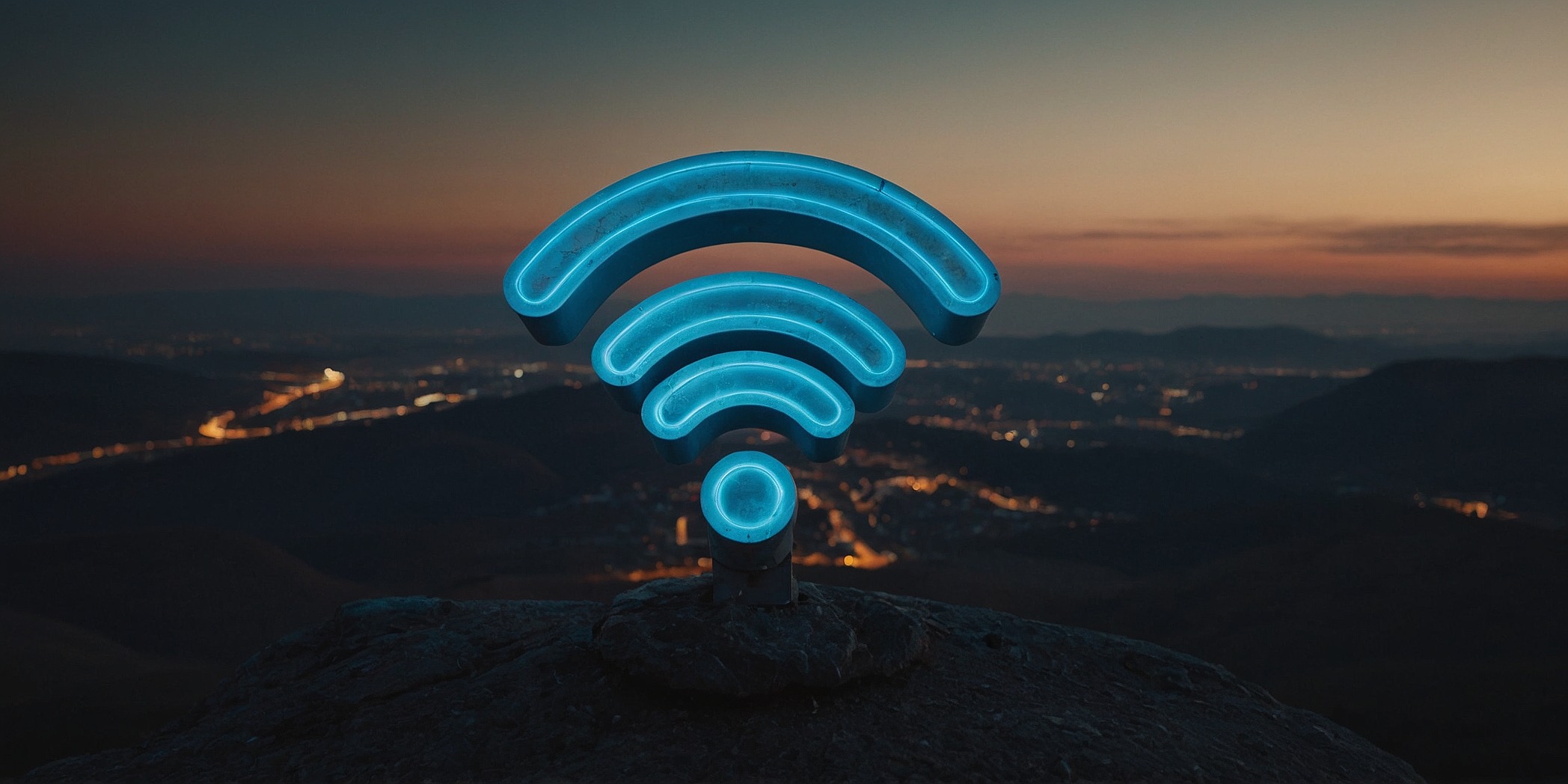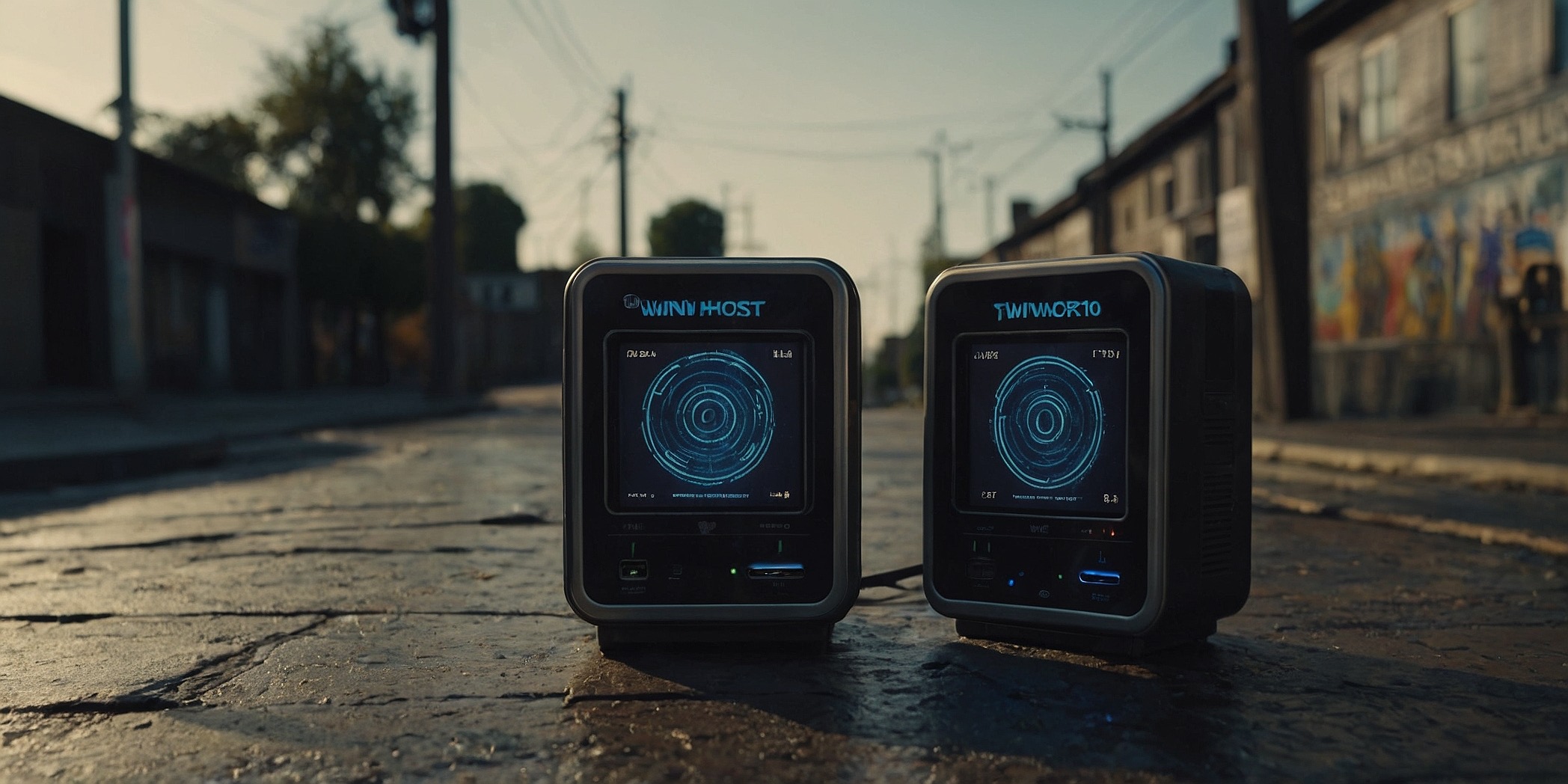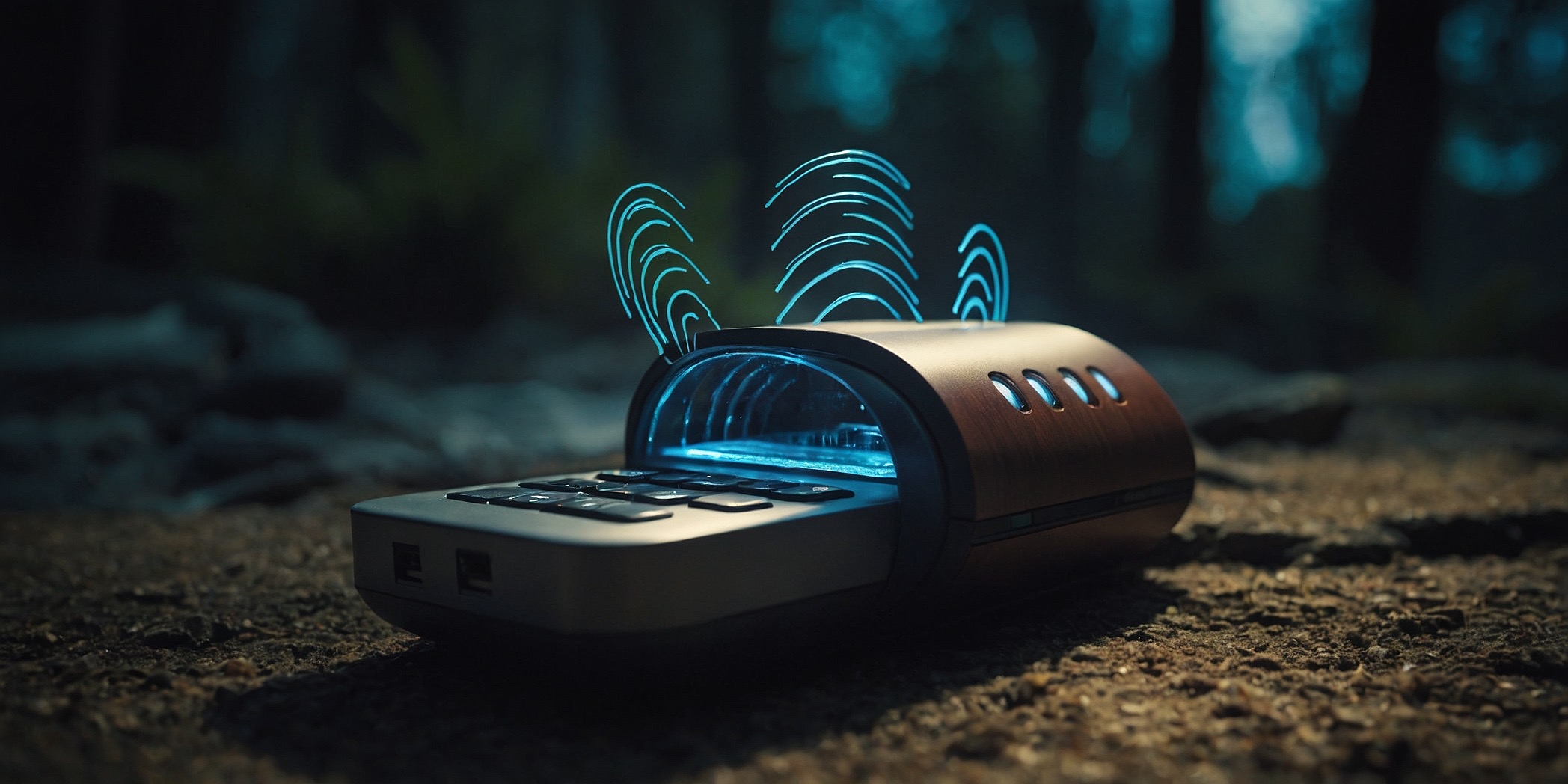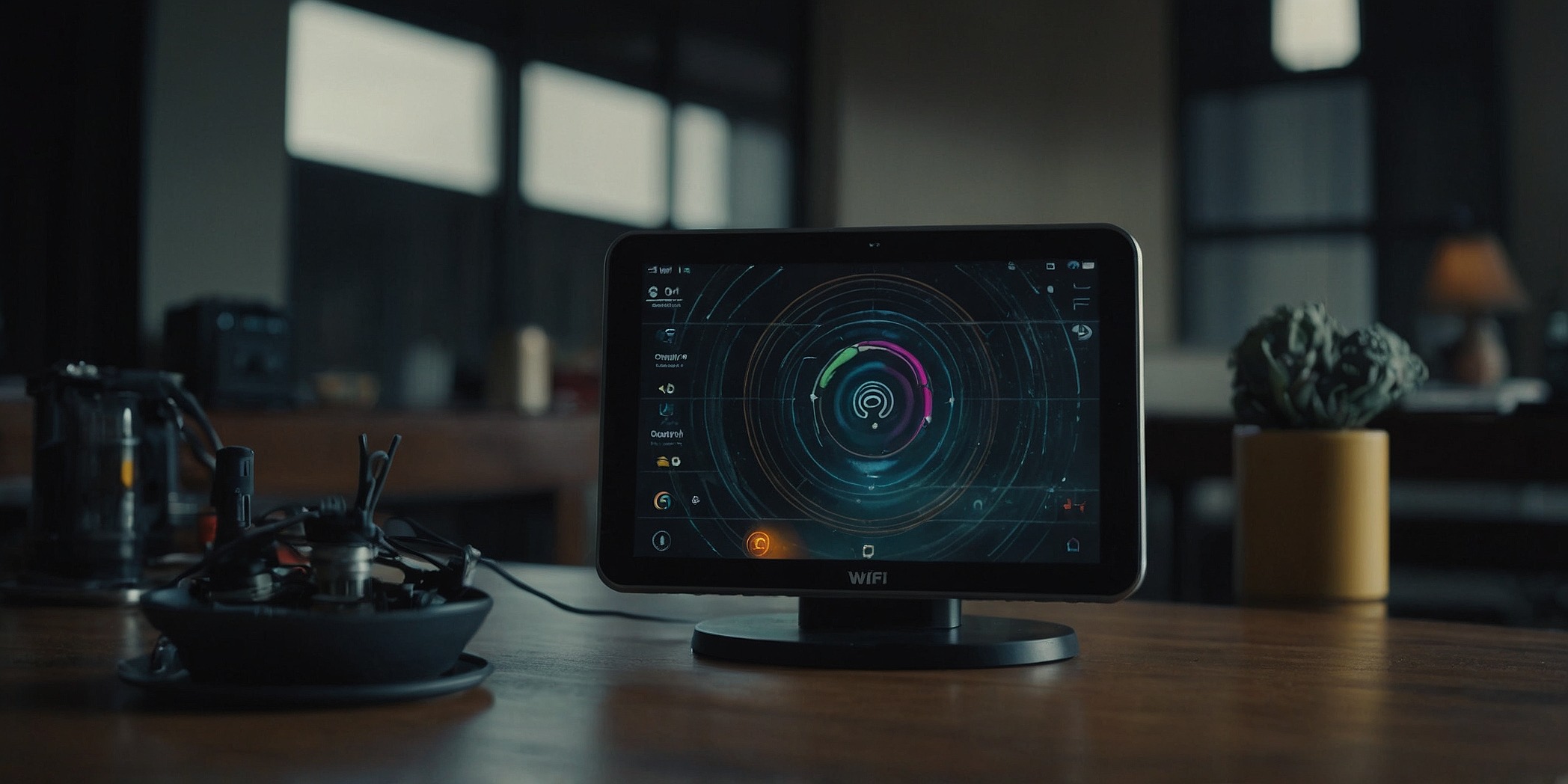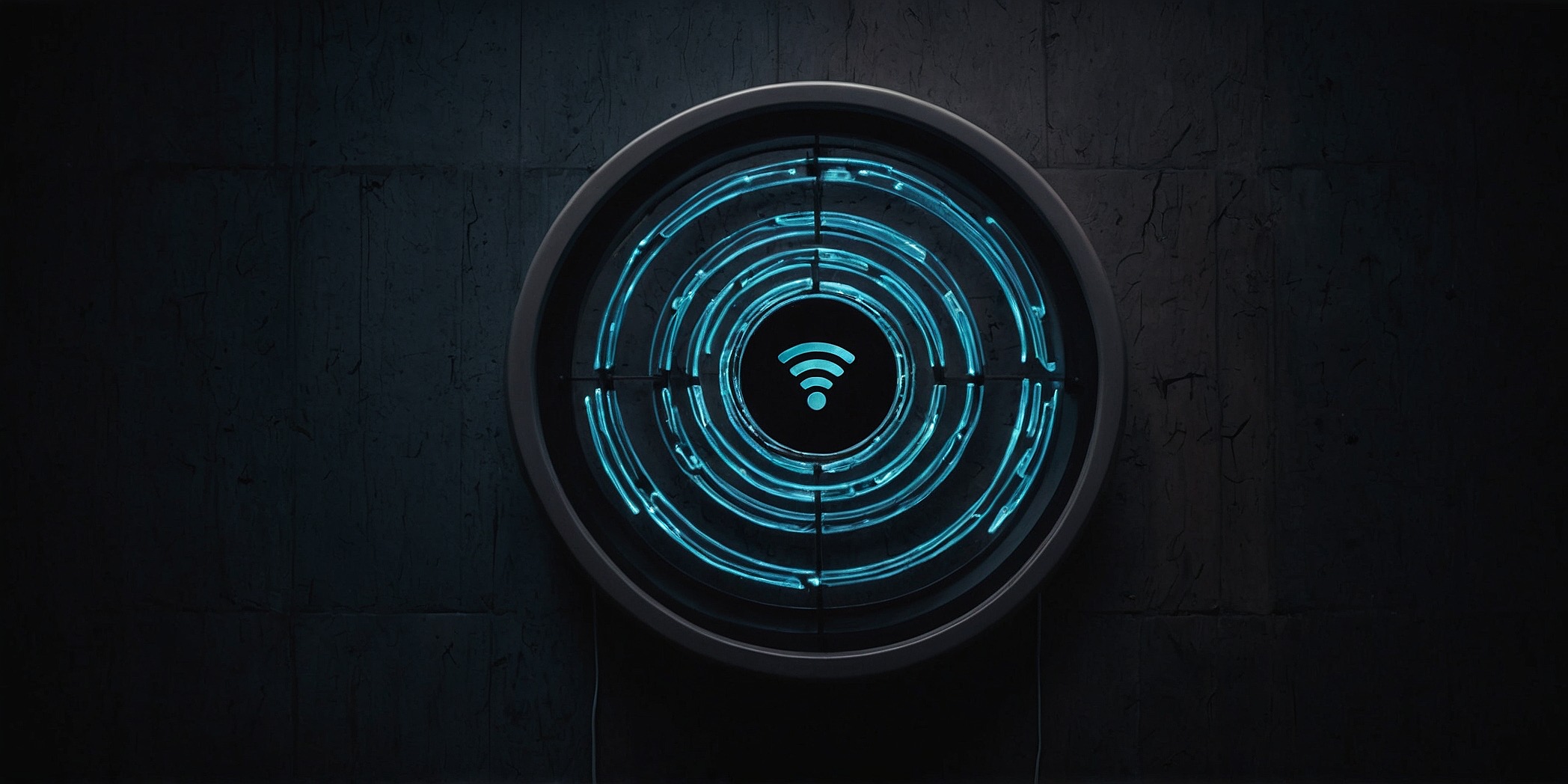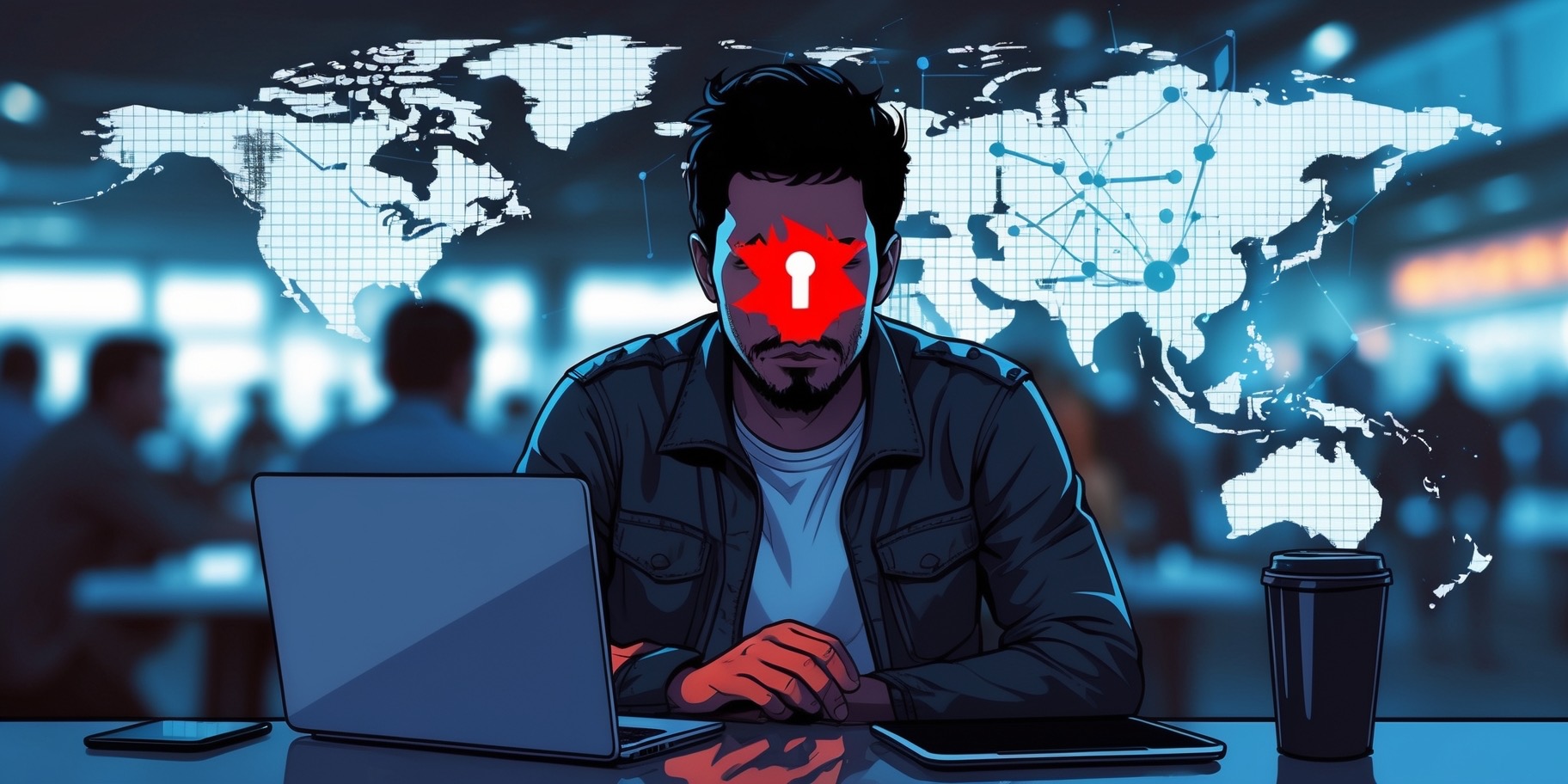Free public Wi-Fi is everywhere, from your local café to airports, shopping centres and even public transport. For many, it’s become second nature to connect instantly, without a second thought.
It’s convenient, easy and lets you scroll, stream or work while on the go.
But here’s the catch: that same convenience can come at a cost.
Public Wi-Fi networks are often unprotected, leaving your personal data exposed to cybercriminals and other malicious actors.
Whether you’re checking your bank balance, sending emails, or simply browsing social media, every click could be putting your information at risk.
In this article, we’ll break down the real dangers of public Wi-Fi and show you exactly how to protect your data while staying connected.
From understanding man-in-the-middle attacks to using a VPN for public Wi-Fi, this guide is your first step towards safer browsing on the move.
Why Public Wi-Fi Is So Popular (And So Dangerous)
Public Wi-Fi is everywhere, and it’s only becoming more accessible.
From airport lounges to your favourite brunch spot, the convenience of hopping online without tapping into your mobile data is hard to resist.
But that convenience comes at a cost, often one that users aren’t even aware they’re paying.
The Rise of Free Internet Access
Public Wi-Fi has become nearly as common as takeaway coffee.
According to recent data, thousands of public hotspots are active across major Australian cities, offering internet access in cafés, airports, libraries, buses and shopping centres.
The appeal is obvious: it’s free, fast (usually), and perfect for staying productive or entertained on the go.
For remote workers and digital nomads, public networks are a lifeline.
They allow access to cloud tools, video calls and emails during commutes or while travelling. Likewise, casual users log in to scroll through socials, stream content, or check directions, often without thinking twice about network safety.
The Hidden Trade-Off
What looks like a free service usually comes with strings attached, and most users never read the fine print. Public Wi-Fi often collects user data, tracks online activity, and creates opportunities for hackers to slip in unnoticed.
Here’s how you may be unknowingly giving up your personal information:
- Email signups: Access often requires your name, email or mobile number.
- Auto-connect settings: Your device might automatically log in to familiar open networks, without verifying their safety.
- Cookie tracking: Public networks can store cookies that capture your browsing activity, logins and even payment details.
- Lack of encryption: Many networks don’t encrypt your data, leaving everything you do visible to nearby attackers.
The convenience is real, but so is the risk. See the common threats you face when you connect to a random public WiFi.
7 Common Public Wi-Fi Threats You Should Know
Public Wi-Fi might seem like a harmless convenience, but behind that free connection lies a variety of hidden dangers.
Without adequate protection, you could be sharing far more than you intend with cybercriminals. Here are seven of the most common public Wi-Fi risks that every user should be aware of:
1. Man-in-the-Middle (MITM) Attacks
A Man-in-the-Middle attack is one of the biggest dangers of free Wi-Fi.
Hackers position themselves between your device and the network to intercept everything you send and receive, often without any sign. What’s at risk:
- Usernames and passwords
- Personal emails or messages
- Bank details and payment info
- Sensitive files and photos
These attacks happen silently, making them hard to detect in real time.
2. Evil Twin Hotspots
Evil Twin hotspots are fake Wi-Fi networks designed to mimic real ones. Cybercriminals use similar names and appearances to trick you into connecting, for example:
- Starbucks_WiFi vs. Starbucks-FreeWiFi
- Airport_WiFi vs. Airport_WiFi_Guest
Once you’re connected, everything you do on that network, from login details to browser history, can be monitored or stolen.
3. Session Hijacking and Cookie Theft
When you stay logged into websites, your device stores session cookies. Hackers on public networks can intercept these to hijack your browsing session, no password needed. They can:
- Log in to your email or bank accounts as you
- Access saved home address and contact details
- Bypass two-factor authentication using session tokens
It’s like giving someone a spare key without knowing it.
4. Malware and Worm Injections
Even without clicking or downloading anything, your device can be exposed to malware on unsecured public Wi-Fi. Malicious actors can:
- Inject spyware or keyloggers to track everything you type
- Open backdoors for future remote access
- Infect your system with worms that replicate and spread
These threats can live quietly on your system and cause lasting damage.
5. DNS Spoofing
With DNS spoofing, hackers reroute your browser to a fake version of a legitimate website. You might think you’re logging into your bank, but it’s actually a clone designed to steal your credentials.
These fake pages can look pixel-perfect and even use HTTPS, making them difficult to spot.
6. Rogue Access Points
Rogue access points are physical devices set up by attackers to look like regular Wi-Fi hotspots. Once a user connects, the attacker can monitor traffic or launch further attacks.
They’re often placed in high-traffic areas like cafés, libraries, or airports, where people are likely to connect without thinking.
7. Packet Sniffing
On open networks, packet sniffers allow hackers to capture the data being transmitted between your device and the router. While some sniffing tools are used for diagnostics, in the wrong hands, they can:
- Reveal passwords, chats, and emails
- Monitor file transfers
- Collect credit card numbers or personal information
Unless your traffic is encrypted, anyone on the network can potentially watch what you’re doing.
If you’re scared of this information, you’re rightly so. But there are ways to increase the safety of your browsing activities on public WiFi.
The best would be to avoid it altogether and use mobile data. But if that’s not an option, then follow these steps.
How to Protect Your Data on Public Wi-Fi
Public Wi-Fi doesn’t have to be off-limits, but it does require caution. To stay safe while enjoying the convenience of free internet access, follow these essential public network security tips.
These practices can significantly reduce the risk of your data falling into the wrong hands.
1. Use a VPN (Virtual Private Network)
One of the strongest ways to guard your data on public Wi-Fi is by using a VPN.
It encrypts your internet traffic, making it unreadable to anyone snooping on the same network. Even if someone manages to intercept your data, all they’ll see is a scrambled mess. How a VPN helps:
- Encrypts your data so others on the network can’t see it
- Hides your IP address and location, adding another layer of privacy
- Works across multiple devices, phones, tablets, and laptops
For best results, choose trustworthy VPNs that support open-source protocols like OpenVPN or WireGuard. These offer transparency and are frequently updated to keep up with new threats.
2. Turn Off Auto-Connect and Sharing
Many devices automatically connect to known networks, or even unsecured ones, without asking. This can expose you to fake or rogue hotspots. To stay safer:
- Disable auto-connect to Wi-Fi in your phone or laptop settings
- Turn off file sharing and network discovery, especially on public networks
- Make sure your device asks before connecting to a new network
These small adjustments help you avoid connecting to the wrong network by accident.
3. Avoid Logging into Sensitive Accounts
If you’re not using a VPN, avoid logging into anything important on public Wi-Fi. This includes:
- Online banking
- Work or personal email
- Social media or cloud storage
If you must check something, make sure two-factor authentication (2FA) is enabled. That way, even if your credentials are stolen, the account still requires a second form of ID to log in.
4. Stick to HTTPS Sites
When browsing without a VPN, always make sure you’re using secure websites. Look for “https://” in the URL; the “s” stands for secure.
To help ensure this:
- Install the HTTPS Everywhere browser extension
- Avoid entering any info on sites without HTTPS
- Never trust pop-ups asking for login details on unsecured pages
Even on safe sites, HTTPS adds a crucial layer of encryption. Let’s now discuss some common myths about public WiFi before we wrap things up.
Myths About Public Wi-Fi (And the Real Truth)
Public Wi-Fi is so common that many users have developed a false sense of security around it.
Let’s debunk a few widespread myths and set the record straight.
1. “Incognito Mode Keeps You Safe”
The Reality: Incognito or private browsing only hides your activity from your local device (like saved history or cookies).
It does not encrypt your traffic or shield you from hackers on a public network. Anyone intercepting data on the same Wi-Fi can still view your activity.
2. “Big Brands Have Secure Wi-Fi”
The Reality: Just because you’re at a well-known café or airport doesn’t mean the Wi-Fi is secure.
In fact, public hotspots are a prime target for cybercriminals, even at trusted locations. Always treat public Wi-Fi as potentially unsafe, regardless of the brand behind it.
3. “I Don’t Do Anything Important Online”
The Reality: You might think browsing news or checking sports scores is harmless, but your device still sends out data.
Saved passwords, cookies, and autofill data are vulnerable even during casual browsing. Hackers don’t need your bank login; your email address or session token might be enough to do damage.
Final Thoughts: Is Free Wi-Fi Worth the Risk?
Free internet in cafés, airports, hotels, and buses makes life easier. But behind that convenience lies a network of vulnerabilities that cybercriminals are quick to exploit.
The UK rail Wi-Fi cyberattack in 2024, for example, was more than an isolated incident; it was a wake-up call. Disruptions like this reveal how deeply connected our daily lives are to digital infrastructure and just how exposed we become when using public Wi-Fi without protection.
Whether it’s stolen passwords through a man-in-the-middle attack, a fake “Evil Twin” hotspot mimicking your favourite café, or malware silently worming its way into your device, the threats are very real.
The bottom line? Protecting your data is no longer optional. It’s your responsibility.
Before you connect:
- Use a trusted VPN
- Disable auto-connect
- Avoid sensitive logins
- Stay informed about how public Wi-Fi risks evolve
Because in today’s world, convenience without caution can cost you dearly.


